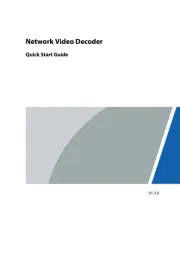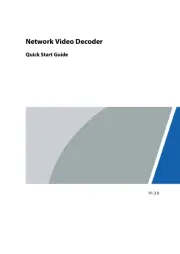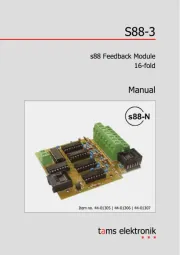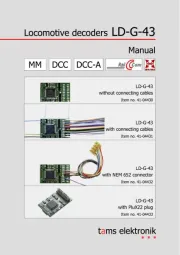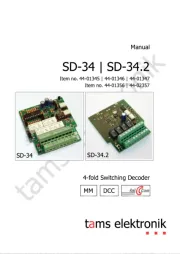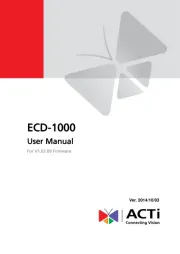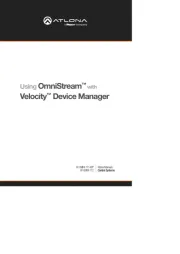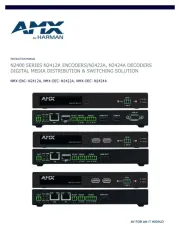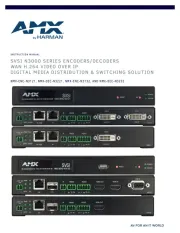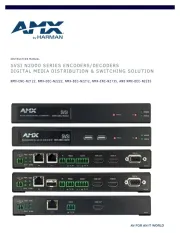Märklin 60982 Manual
Læs gratis den danske manual til Märklin 60982 (160 sider) i kategorien Digital dekoder. Denne vejledning er vurderet som hjælpsom af 15 personer og har en gennemsnitlig bedømmelse på 3.6 stjerner ud af 8 anmeldelser.
Har du et spørgsmål om Märklin 60982, eller vil du spørge andre brugere om produktet?

Produkt Specifikationer
| Mærke: | Märklin |
| Kategori: | Digital dekoder |
| Model: | 60982 |
| Type: | Model Railways Parts & Accessories |
| Produkttype: | Digital kommando kontrol (DCC) dekoder |
| Anbefalet alder (min.): | 15 År |
| Mærke kompatibilitet: | Märklin |
| Antal enheder: | 1 stk |
| Foreslået køn: | Dreng/Pige |
Har du brug for hjælp?
Hvis du har brug for hjælp til Märklin 60982 stil et spørgsmål nedenfor, og andre brugere vil svare dig
Digital dekoder Märklin Manualer
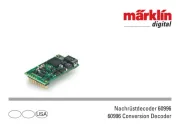









Digital dekoder Manualer
- Ferguson
- Tams Elektronik
- Emos
- Gembird
- TechniSat
- Hama
- ACTi
- DataVideo
- Kathrein
- Hikvision
- Atlona
- Fagor
- Black Box
- IFM
- Denver
Nyeste Digital dekoder Manualer
